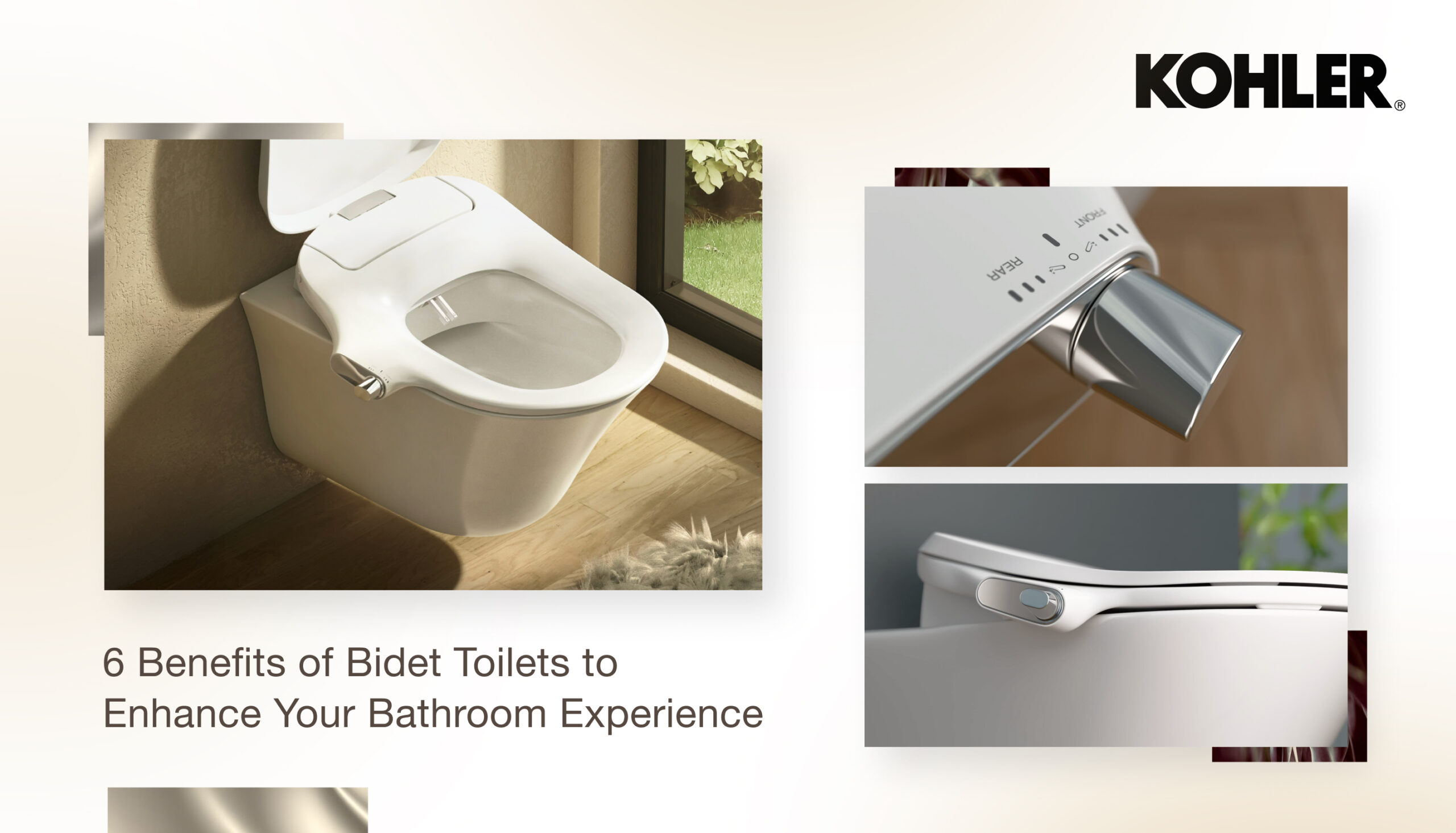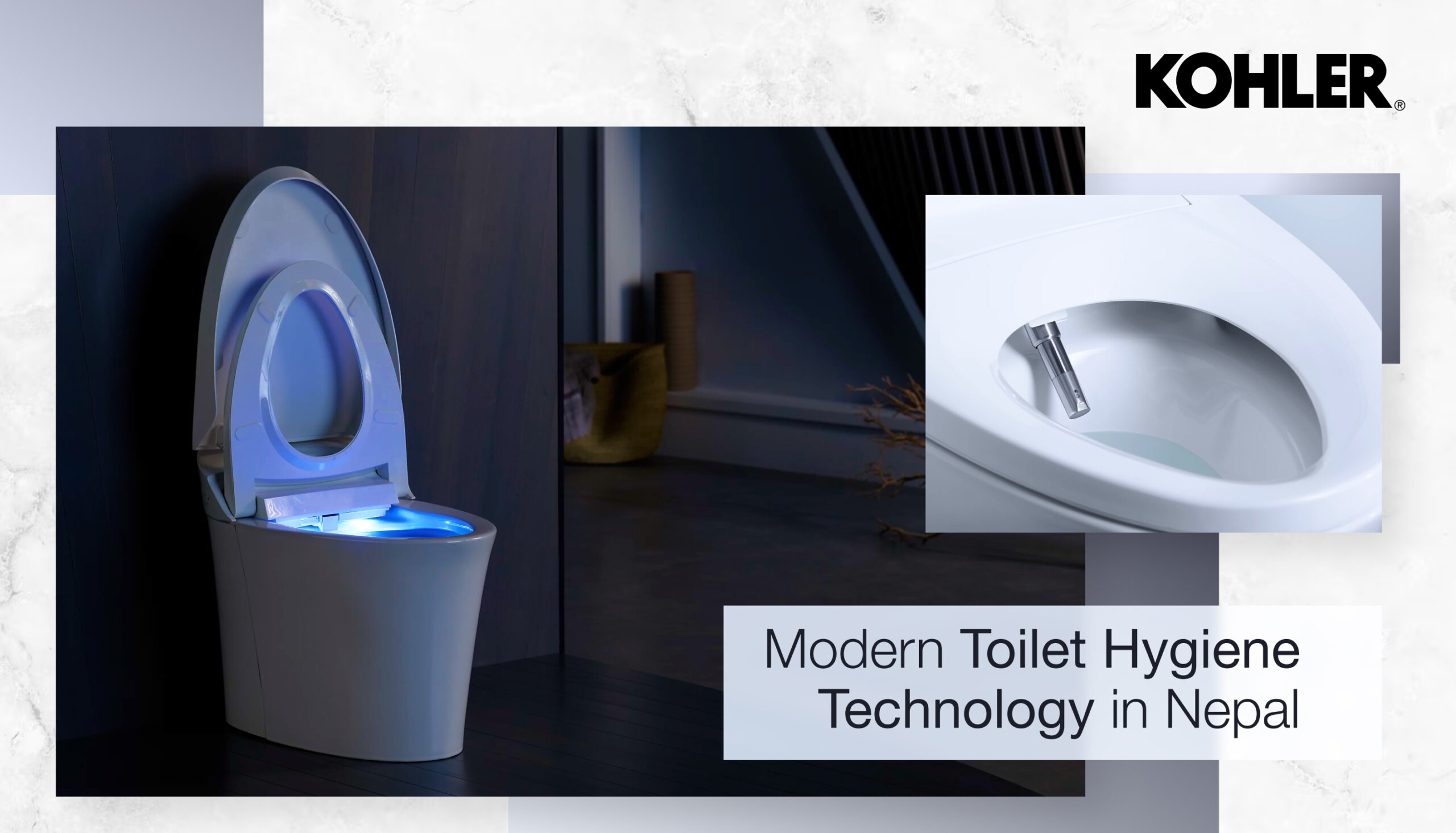In home design, the bathroom has transmuted from a practical space to a personal oasis. Central to this change is the bathtub, a quintessential fixture that meshes functionality with extravagance. With the passage of 2025, revolutionary bathtub designs remake relaxation and recondition the bathroom experience.
Living with Minimalism in Clean Lines
The minimalist trend remains relevant in bathroom design in 2025, with bathtubs having streamlined, unadorned lines. High-end producers like Kohler Nepal have developed bathtubs with reduced silhouettes that instill visual serenity. These Kohler Nepal bathtubs have eliminated extraneous details while retaining ergonomic comfort, and the proof lies in less is more.
Contemporary bathroom bathtubs in this style tend to have slender rims and exacting angles that fit well in modern spaces. The elegance in their minimalist approach, these tubs become architectural expressions under their shape rather than ornaments.
Smart Bathtubs: The Future is Now
Technology integration represents one of the most exciting developments in bathtub design. Smart bathtubs from leading brands now offer features previously found only in luxury spas:
- Programmable water temperature settings
- Chromotherapy lighting systems that adjust to your mood
- Built-in Bluetooth speakers for immersive audio experiences
- Self-cleaning technologies that maintain hygiene with minimal effort
These intelligent bathtubs can be controlled via smartphone apps or voice commands, allowing you to prepare your perfect bath before even entering the bathroom. While the bathtubs price point for these technological marvels is higher, the convenience and experience they provide justify the investment for many homeowners.
Sustainable Materials and Eco-Conscious Design
Sustainability has moved from a trend to a fundamental consideration in bathroom design. The latest bathtub designs incorporate:
- Recycled materials that reduce environmental impact
- Water-saving features that conserve resources
- Heat-retention properties that minimize energy consumption
- Non-toxic coatings that improve indoor air quality
Kohler tubs are leading the way in this trend, with their EcoSilence line incorporating recycled composite products that are highly insulating and minimize the environmental impact. These tubs retain water temperature better, cutting back on the energy used for long soaks.
Freestanding Statement Pieces
Freestanding bathtubs remain the epitome of bathroom luxury in 2025. The freestanding fixtures form a focal point that adds a higher level to the entire room. The latest designs include:
- Integrated shelving for practical storage
- Lower profiles that make entry and exit easier
- Two-tone finishes that complement diverse design schemes
- Asymmetrical shapes that provide visual interest
Kohler Nepal continues to lead in wellness-focused bathroom tub innovation, introducing features that turn an ordinary soak into something far more restorative. These thoughtful additions support both physical ease and mental calm.
Conclusion
The bathtub has become a reflection of comfort, mood, and personal style. In 2025, it might be a place to unwind at the end of the day, a striking focal point in your space, or simply a moment of calm carved out for yourself. However, it’s used, it’s shaped as much by feeling as by function.
Modern tubs aren’t just about looks; they reflect how people live. Some lean toward subtle tech that enhances the mood, while others value materials that respect the planet. Clean lines, natural textures, integrated features, there’s no single formula. The right tub simply fits the life around it.
Frequently Asked Questions
Q: What bathtub design trends are dominating 2025?
A: This year’s standouts blend technology, tranquillity, and thoughtfulness. Deep-soaking tubs, especially those with roots in Japanese design, are seeing a surge. People are opting for calming aesthetics with refined shapes, gentle lighting, and features that respond to your mood.
Q: Are freestanding tubs still a thing?
A: Very much so. They’re evolving in shape and structure. Think asymmetric designs and mixed materials that turn the tub into a centrepiece. Many are also more accessible now, with lowered rims and softer curves that combine function with flair.
Q: What eco-friendly options are available now?
A: Quite a bit, actually. More manufacturers are moving toward reclaimed or renewable materials like composite blends, eco-friendly concrete, even tubs that help conserve heat. It’s less about flashy labels and more about thoughtful engineering.
Q: What styles work best for a modern bathroom?
A: Matte textures, sharp contours, and hidden hardware. The trend is all about clarity and calm with designs that breathe rather than shout. Built-in tech stays out of sight but works behind the scenes to enhance the overall feel of the space.




